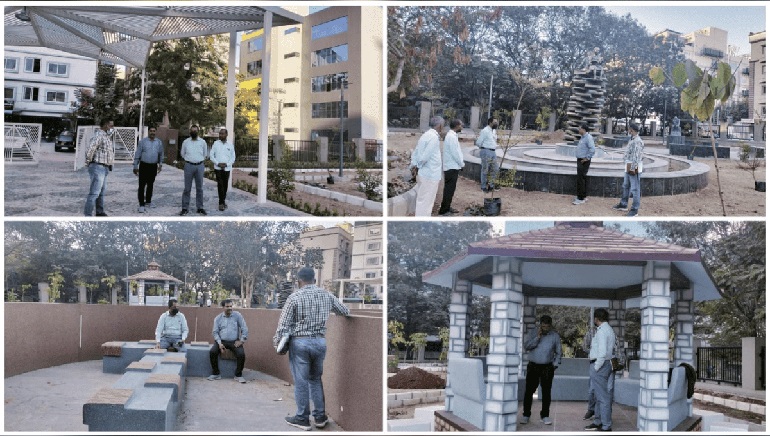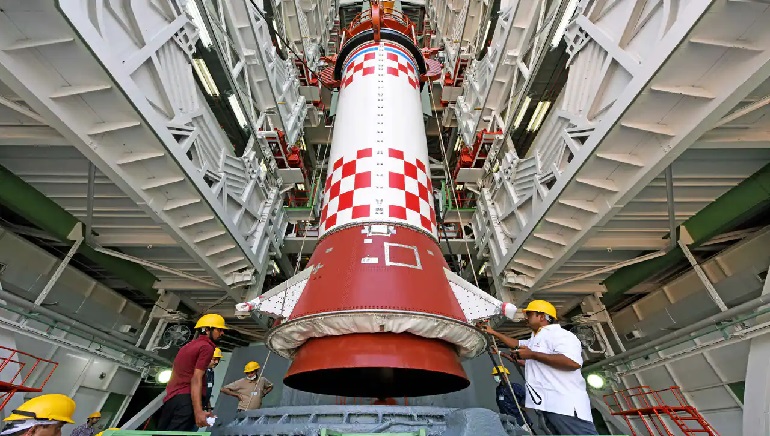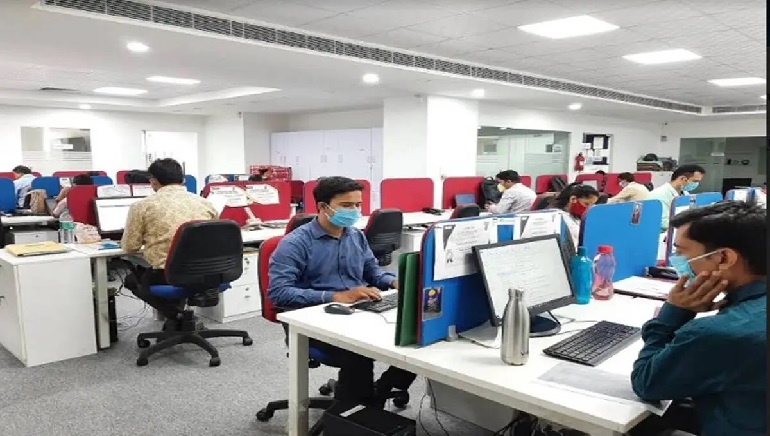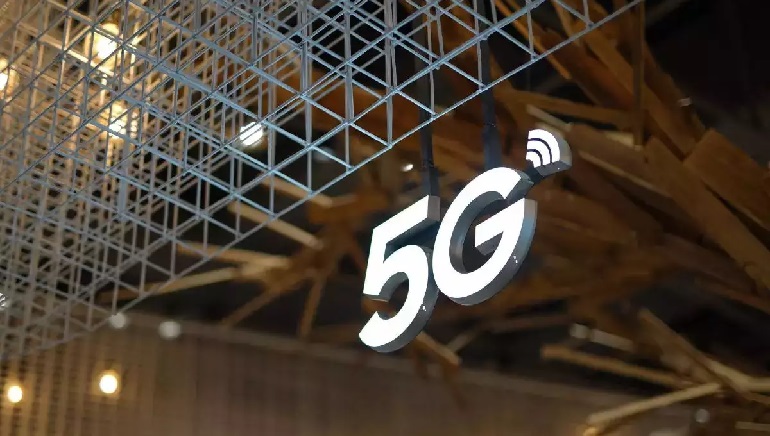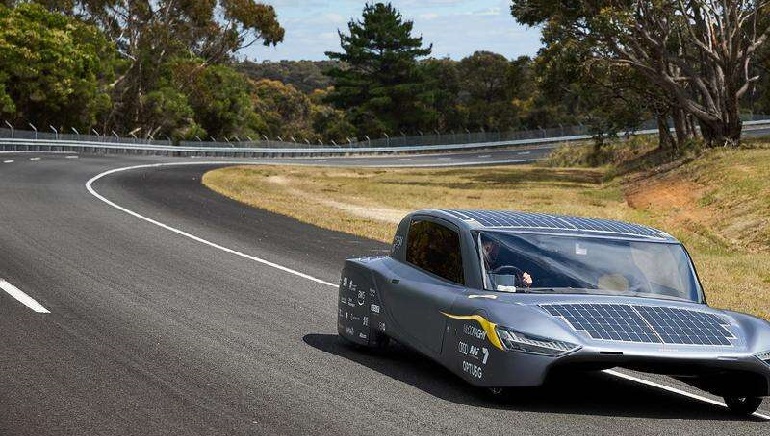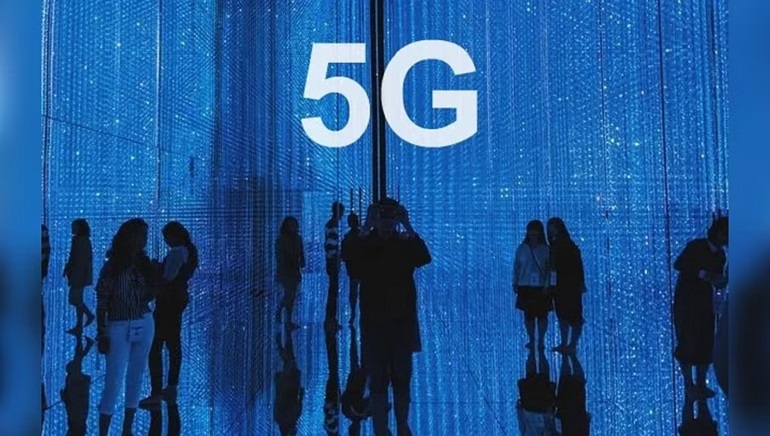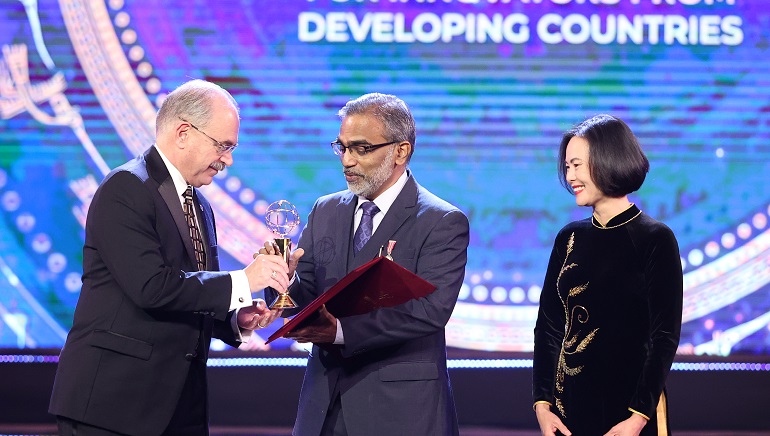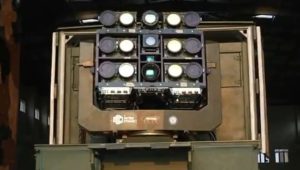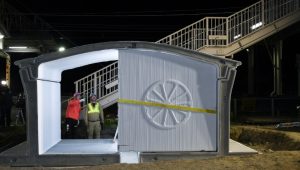A one-of-its-kind ‘Interactive Science Park’ being developed in Hyderabad will be ready by the end of January 2022.
The Greater Hyderabad Municipal Corporation (GHMC) is giving final touches to the park, located in the midst of guesthouses, hospitals and residential apartments, beside Medicover Hospital at Patrikanagar in Serilingampally.
The park spread over three acres of land includes science theme-based facilities as well as charging points and Wi-Fi access and open interactive seating areas for individuals to work on their laptops. There will be a children’s play area, a café, ramps for senior citizens and specially-abled, walkways, gazebos, posh seating arrangements, a water cascade, lush greenery, washrooms, and a security room.
“People can learn about Newton’s laws of motion through the equipment available here. Similarly, other science concepts based on physics can be learned by visiting the park,” a GHMC official said.
Besides learning the concepts of science, the park also offers recreational facilities to people of all age groups. With IT companies, hostels, guest houses, hospitals and residential apartments located around the park, the GHMC officials have built public spaces like a cafeteria to cater to the needs of all visitors.





